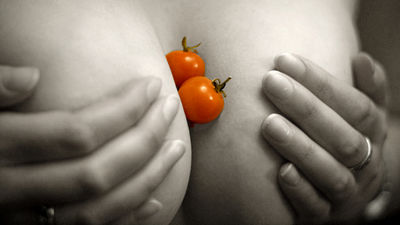Summary of all categories of the 34th Ig Nobel Prize, awarded to unique and interesting research, Japanese people win for 18th consecutive year and 30th time

The 34th Ig Nobel Prize award ceremony, which has been organized by the American scientific journal
The 34th First Annual Ig Nobel Ceremony
https://improbable.com/ig/archive/2024-ceremony/
The award ceremony can be seen in the video below.
The 34th First Annual Ig Nobel Ceremony (2024) - YouTube
・34th Ig Nobel Prize Category
◆Peace Prize
Botany Award
◆Anatomy Award
Pharmaceutical Science Award
◆ Physics Prize
Nobel Prize in Physiology
◆ Probability Award
Chemistry Award
◆Demography Award
Biology Prize
The award ceremony was held in Room 250 of Lecture Building 10 at the Massachusetts Institute of Technology. As this was the first offline event in five years, all participants brought their own paper airplanes.

At the award ceremony, a video was shown of people throwing paper airplanes in the distance, including Dr. Nakamatsu, who won the Nutrition Science Award in 2005.

This year's theme was 'Murphy's Law,' which was also the theme of the 1996 Nobel Prize in Physics.

The winner will receive 10 trillion Zimbabwean dollars, although the Zimbabwean dollar has no monetary value as it was abolished in 2015.

The trophy for the 34th Ig Nobel Prize is as follows. It is an assembly kit that comes with glue.

◆Peace Prize
The Peace Prize was awarded to B.F. Skinner for his ' (PDF file)
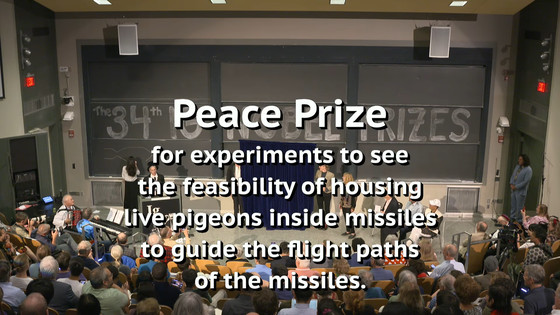
This was a research program conducted by the Naval Research Laboratory during World War II that looked at using pigeons to guide missiles. The missiles were called 'pelican missiles' because the pigeons were kept inside the missiles, as if the pelican had swallowed the pigeon whole. Naturally, there was a lot of skepticism about the feasibility of using pigeons for missile guidance, with Skinner lamenting, 'Pigeons are easier to control than physicists.'
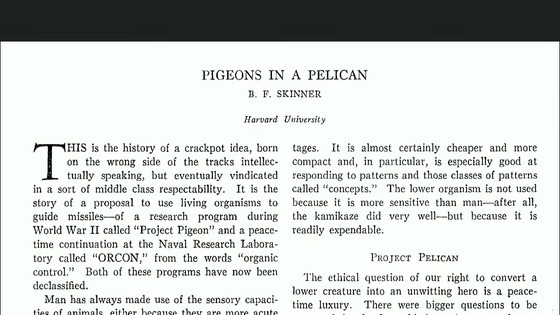
The pigeon-based homing device was resistant to jamming, could be used for a variety of target practice, did not require rare materials, and could be manufactured in just 30 days, but the military canceled the project because the Manhattan Project for nuclear weapons development was underway at the time. Skinner was left with only a large number of pigeons, but the project was briefly revived at the Naval Research Laboratory in the early 1950s. It led to the development of a video converter for radar operators, and its legitimacy was recognized.
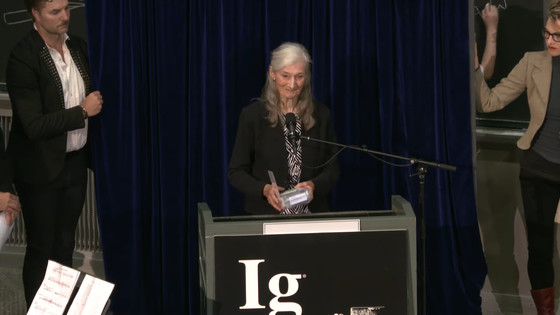
Botany Award
The Botany Prize went to Jacob White and Felipe Yamashita for their '
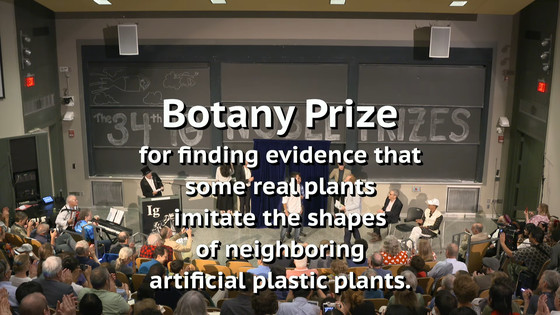
White and Yamashita found that when they wrapped a vine called Boquila trifoliolata, which grows in the tropical forests of southern Chile, around a plastic wisteria tree, the leaf color, orientation, and vein pattern of the Boquila trifoliolata mimicked the fake leaves on the plastic wisteria tree.
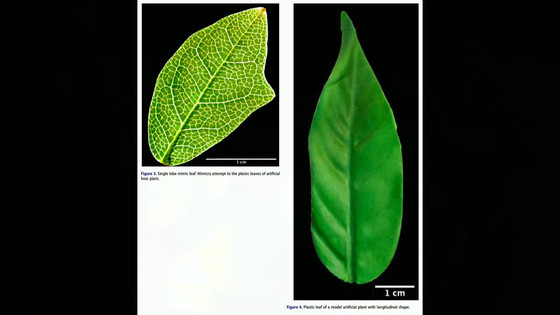
It was known that Boquila trifoliolata imitates its host plant, but the signaling pathway through which it does so was unknown. It was thought to be via chemicals or genes. However, in this experiment, the insect also imitated plastic plants, so White and Yamashita argue that 'the two possibilities that were previously considered have been rejected.'

◆Anatomy Award
The Anatomy Prize went to Marjoleen Willems et al. for '
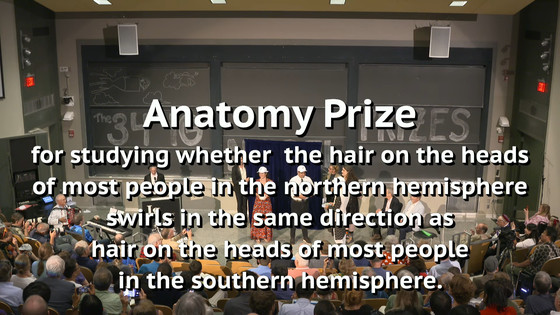
For example, even a relatively trivial trait such as whether the direction of the whorl is clockwise or counterclockwise can be questioned as to whether it is innate or acquired. Willems and his team examined the direction of the whorls in people living in the Northern and Southern Hemispheres, as well as 74 pairs of same-sex twins.
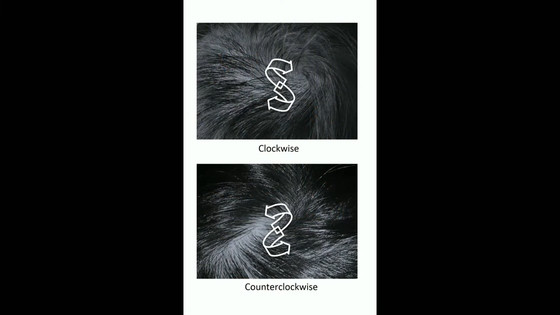
The researchers found that twins had the same whorl direction, suggesting that genetic influences on whorl direction are strong. Furthermore, they found that children in the Southern Hemisphere tended to have counterclockwise whorls than those in the Northern Hemisphere, suggesting that environmental factors may be a factor.
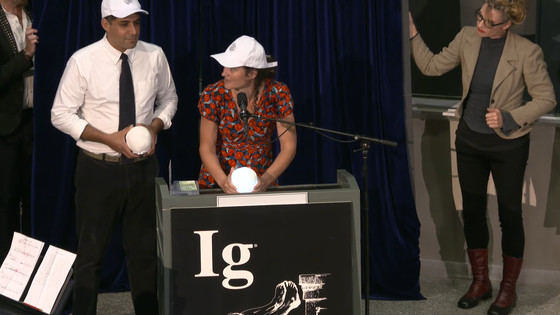
This was the first offline event in five years, and the winners gave speeches at the venue. As a result, a girl named 'Miss Sweetie Poo,' a special feature of the Ig Nobel Prize ceremony, who shouts 'Stop it, I'm bored' until the winner's speech ends if the speech lasts even a little longer, is resurrected. Willems and his team cut off their speeches and left the venue.
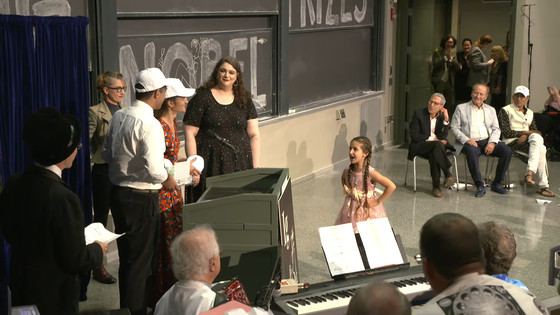
Pharmaceutical Science Award
The Pharmaceutical Sciences Award went to Lieven Schenk, Tahmin Fedai and Christian Büchel
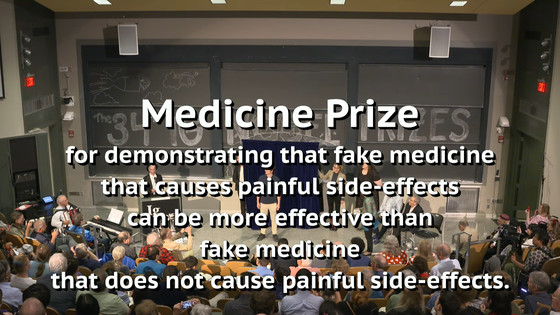
Schenk and his team conducted an experiment in which 77 healthy participants were told they were going to receive a fentanyl nasal spray, but in reality a placebo spray was used: one group was given a neutral spray and the other a spray containing capsaicin, which caused a mild burning sensation and acted as a fake side effect.
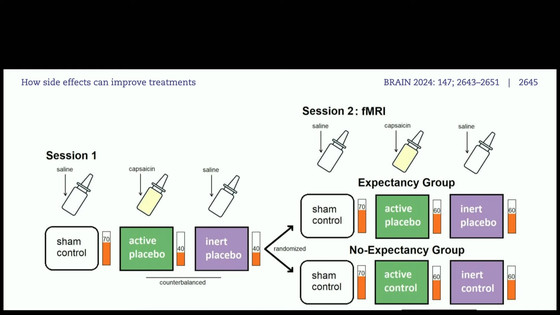
The results showed that the placebo spray that induces fake side effects reduced pain more effectively than the placebo spray without side effects, likely because participants expected a burning sensation as a side effect and therefore believed the spray was working. The findings call for a rethink of traditional views of drug side effects, suggesting that mild side effects may actually play an important role in enhancing the efficacy of treatment.
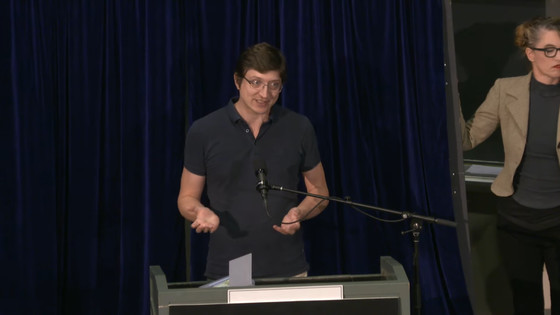
◆ Physics Prize
The Physics Prize went to James Liao '
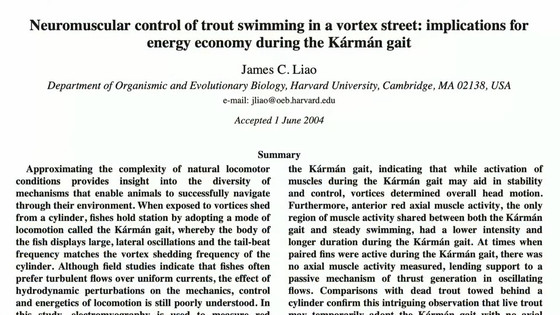
Liao has been studying how fish swim for over 10 years. He chose rainbow trout, which change their swimming movements to synchronize with the current, as his experimental subject, believing that fish reduce their energy consumption by using the energy of eddy currents.
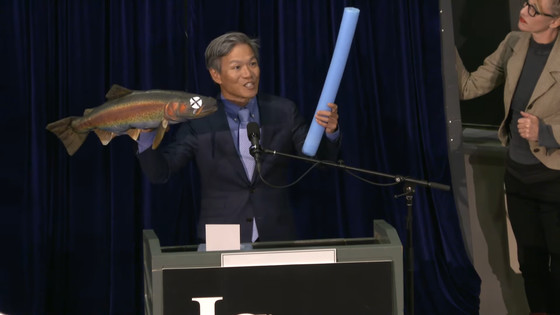
When they placed a dead rainbow trout in a flowing water device, they found that it moved in a similar way to a live rainbow trout, except that it could not change speed. 'This means that the fish can extract enough energy from the eddy current to overcome its own drag, and a flapping object can follow another wake-generating object, even if it is far away, without expending energy,' Liao argued.
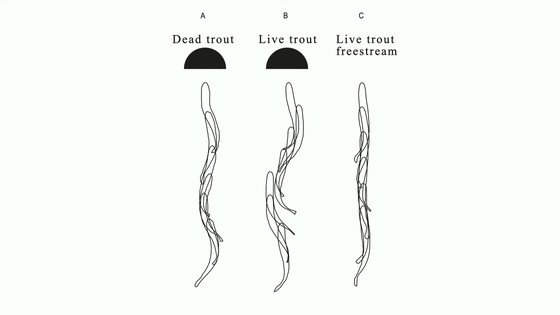
Nobel Prize in Physiology
The Nobel Prize in Physiology was awarded to a research team led by Takanori Takebe, a professor at Tokyo Medical and Dental University and Osaka University
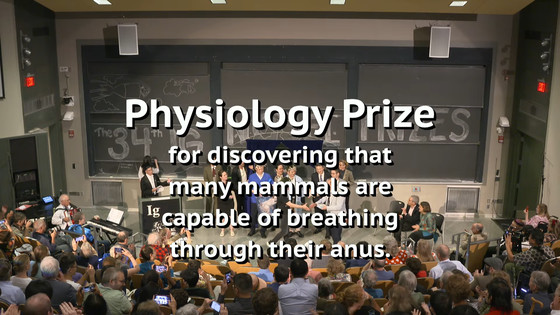
This research was conducted as part of a study to find treatments for respiratory diseases caused by COVID-19. Inspired by the loach's ability to breathe using its intestines, the researchers demonstrated in mice, rats, and pigs that mammals can also breathe through liquids from their anus in low-oxygen environments such as underwater.
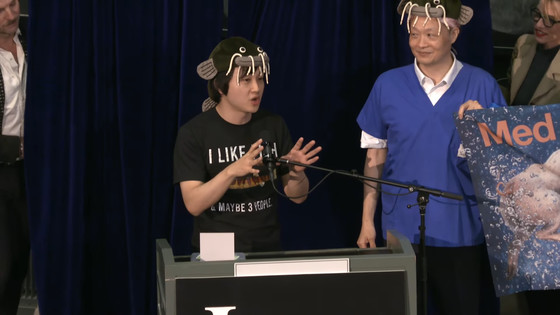
The award winners gave speeches and demonstrations at the venue.
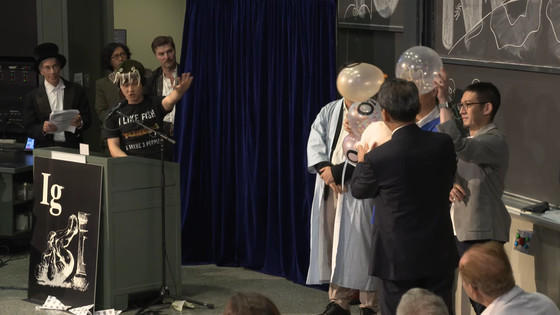
As the speeches drag on, Miss Sweetie Poo comes on stage, and the winners try to bribe her with a stuffed pig to calm her down.
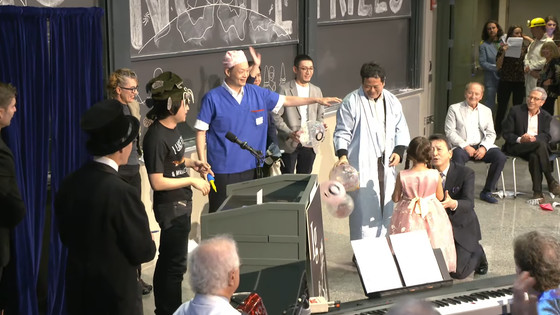
However, Miss Sweetie Poo continues to complain about the speech, still clutching her stuffed pig, and the winner leaves the stage with a wry smile.
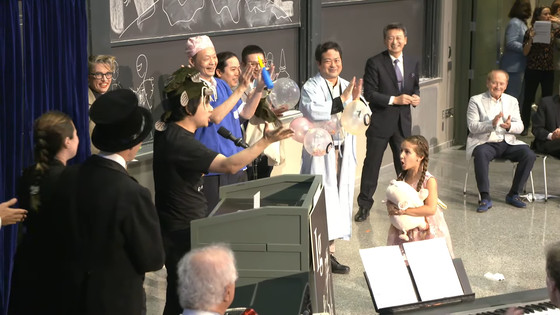
◆ Probability Award
The Probability Prize was awarded to Franček Bartosz and his colleagues
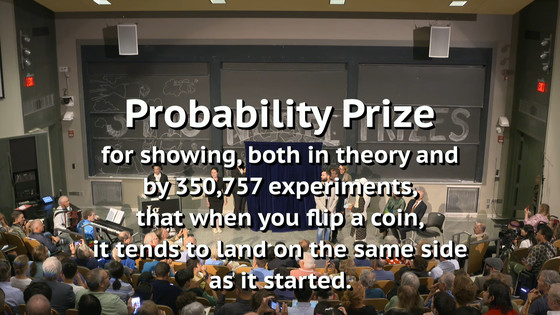
Theoretically, the probability of getting heads or tails when flipping a coin should be equal, at 50/50. However, in reality, the center of gravity of the coin is biased, and when the coin is flipped, the direction of its axis of rotation changes, so the coin will spend more time in the air with its first side up.
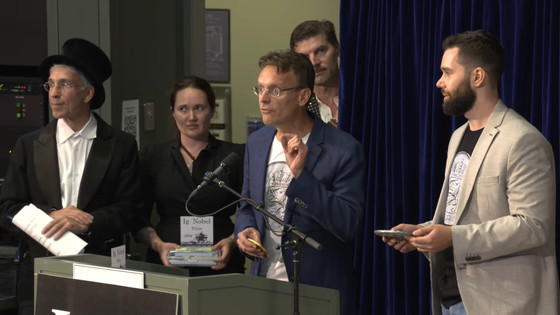
Therefore, the research team conducted a total of 350,757 coin tosses by 48 people, all of which were recorded on video and verified. As a result, it was shown that the probability of the face that was initially on top was slightly higher. In addition, since another experiment strongly suggested that the coins used were physically fair and had no center of gravity bias, the research team argued that the 'tendency to land on the same side' observed in the experiment was caused by the subtle movements of humans when tossing the coin, not the characteristics of the coin itself. In other words, the effect observed was caused by the way the coin was tossed, not by the center of gravity bias of the coin. The research team said that further experiments to confirm whether there was any bias are required, but that 'the effort required to test this seems excessive, as it would require detailed analysis of high-speed camera recordings of coin tosses.'
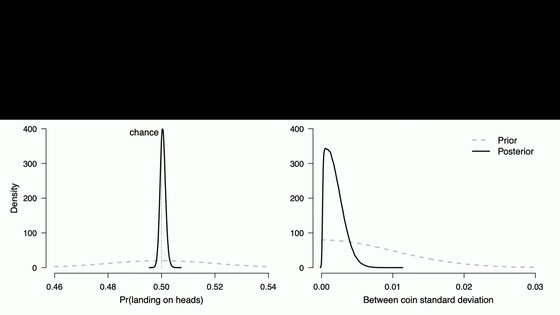
Chemistry Award
The Chemistry Prize went to Tess Heermann, Antoine Debré, Daniel Bon and Sandell Watersen for '
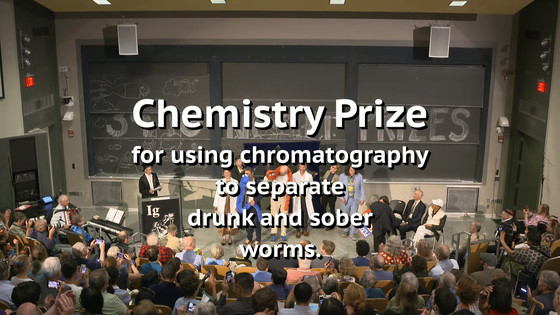
This research is about
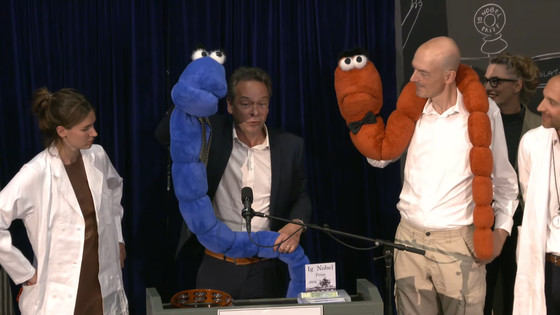
The researchers found that the highly active earthworms, who had not consumed ethanol, reached the end of the channel before the drunk earthworms, suggesting that a structured spatial flow channel is a good way to sort active polymers by length and activity.
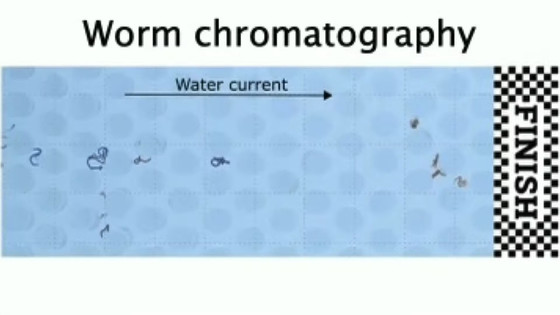
At the venue, the winners put on a rousing worm race using giant stuffed worms.
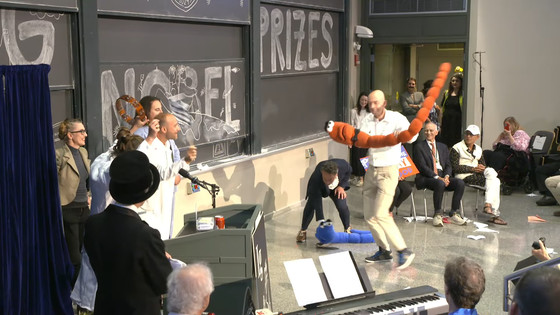
Miss Sweetie Poo also made an appearance and was coaxed by the winner, who placed a gold medal around her neck.
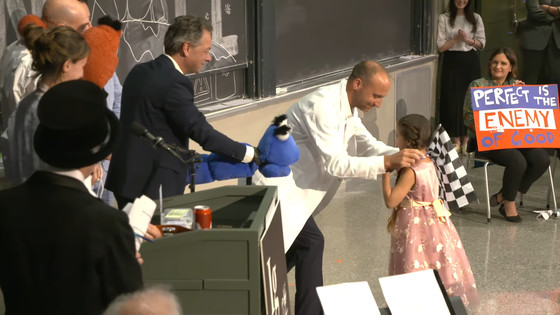
◆Demography Award
The demography prize went to Saul Justin Newman
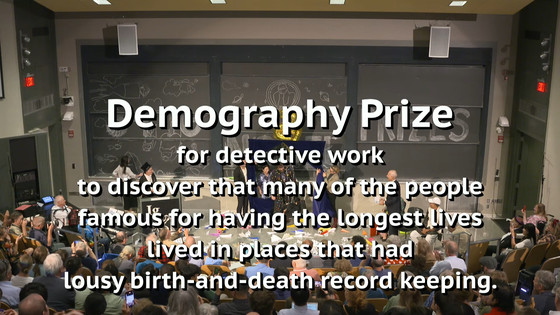
Traditionally, 'blue zones,' where centenarians are concentrated, have been associated with strong social connections, high vegetable intake, and certain genetic factors, but Newman noticed a surprising correlation between poverty, low income, high crime rates, and longevity in Italy, England, France, and other countries, and so he investigated demographic data in detail.
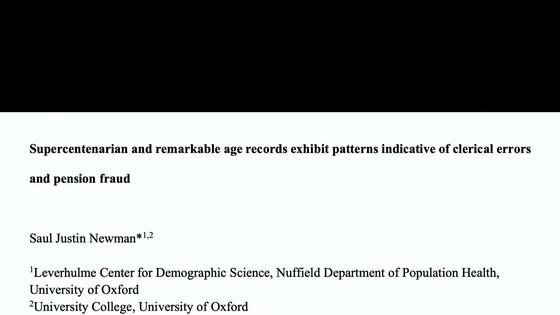
As a result, it was found that there were many errors in the data for each blue zone. For example, in Italy in 1997, 30,000 dead people were still receiving pensions, and in the 2000 Costa Rican census, 42% of people over 99 years old were found to have incorrectly reported their age. Furthermore, in Japan in 2010, it was revealed that more than 230,000 people over 100 years old were missing, fictitious, dead, or due to clerical errors, resulting in an 82% error. Newman points out that 'if such errors were discovered in other fields, it would be a major scandal, but in demography, these issues are rarely mentioned.'
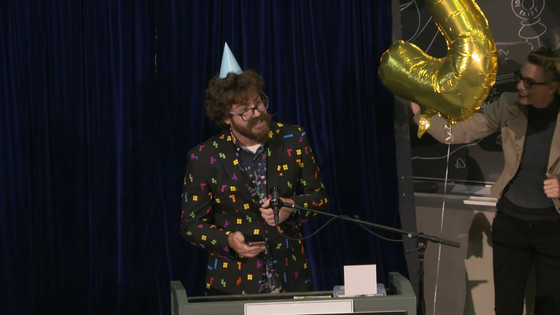
Biology Prize
The Biology Prize went to Fordyce Ely and William E. Petersen
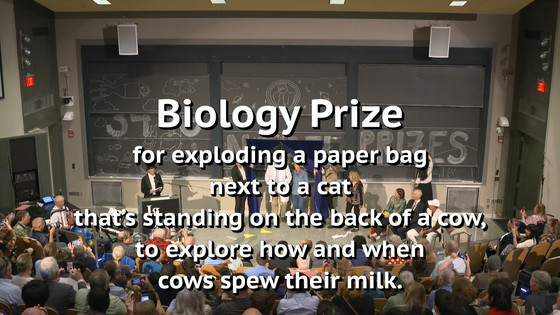
The award was presented to Ellie and Petersen, who are both deceased, at the ceremony, where their daughter and grandson gave speeches on their behalf, as the research that was the subject of the award was conducted more than 80 years ago.
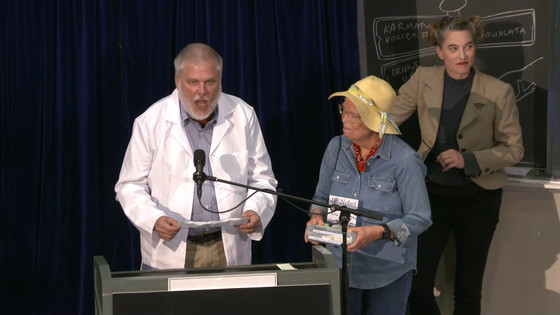
The experiment was aimed at understanding the physiological process involved in milk ejection from the udder, focusing on the difference between cows that do not produce milk when milked and those that do, and produce milk immediately. The experiment was quite ingenious, as it involved placing a cat on the cow's back and bursting a paper bag next to the cat as the milking machine was attached to the cow. However, the sound of the bag was enough to have an effect, so the cat was later discarded.
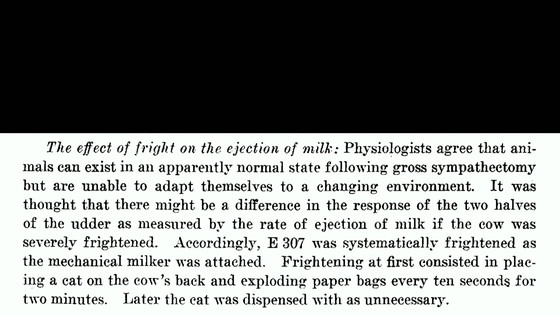
The study concluded that the act of expressing milk can be explained as a conditioned reflex in which
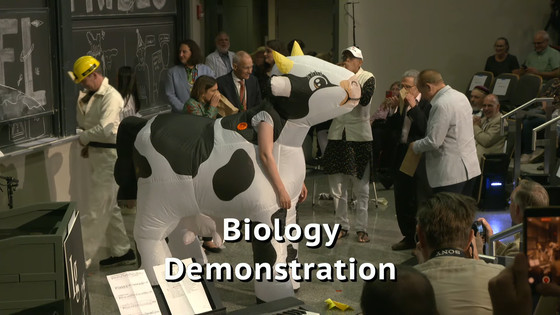
Related Posts:
